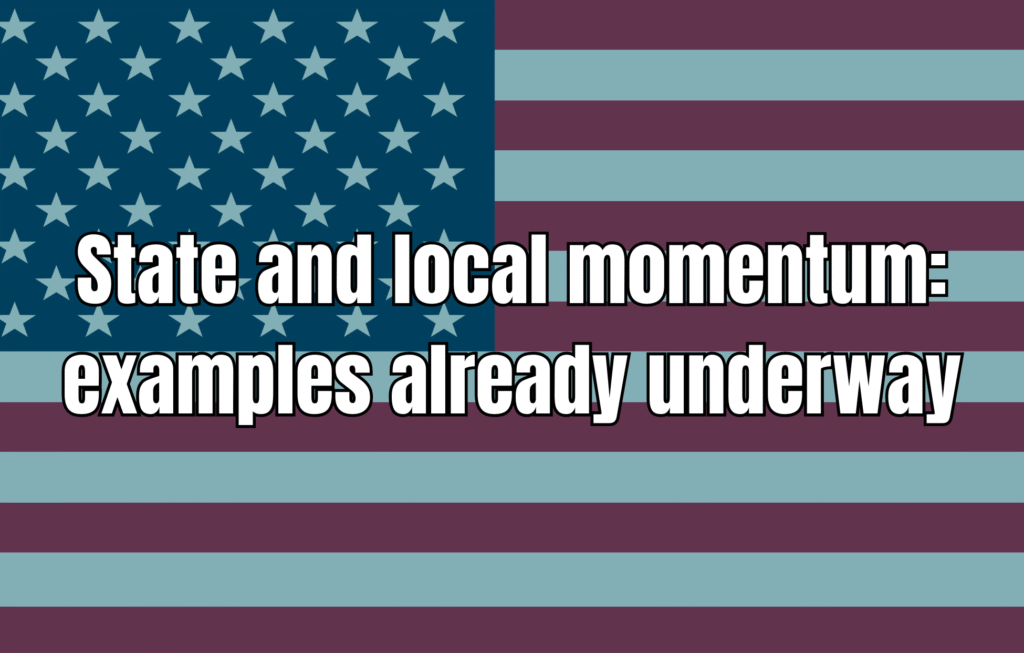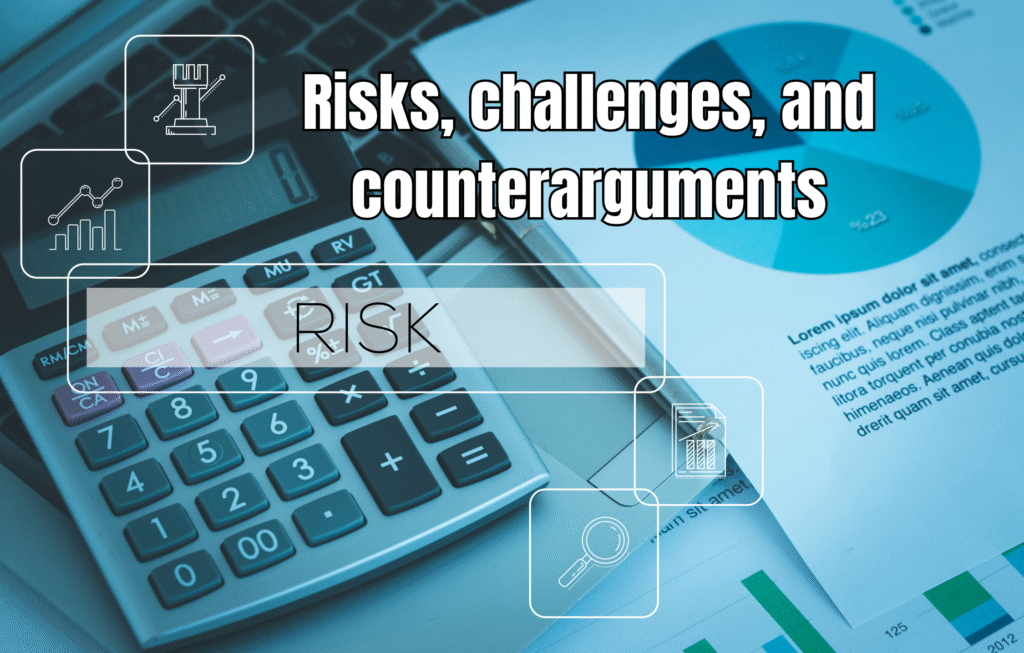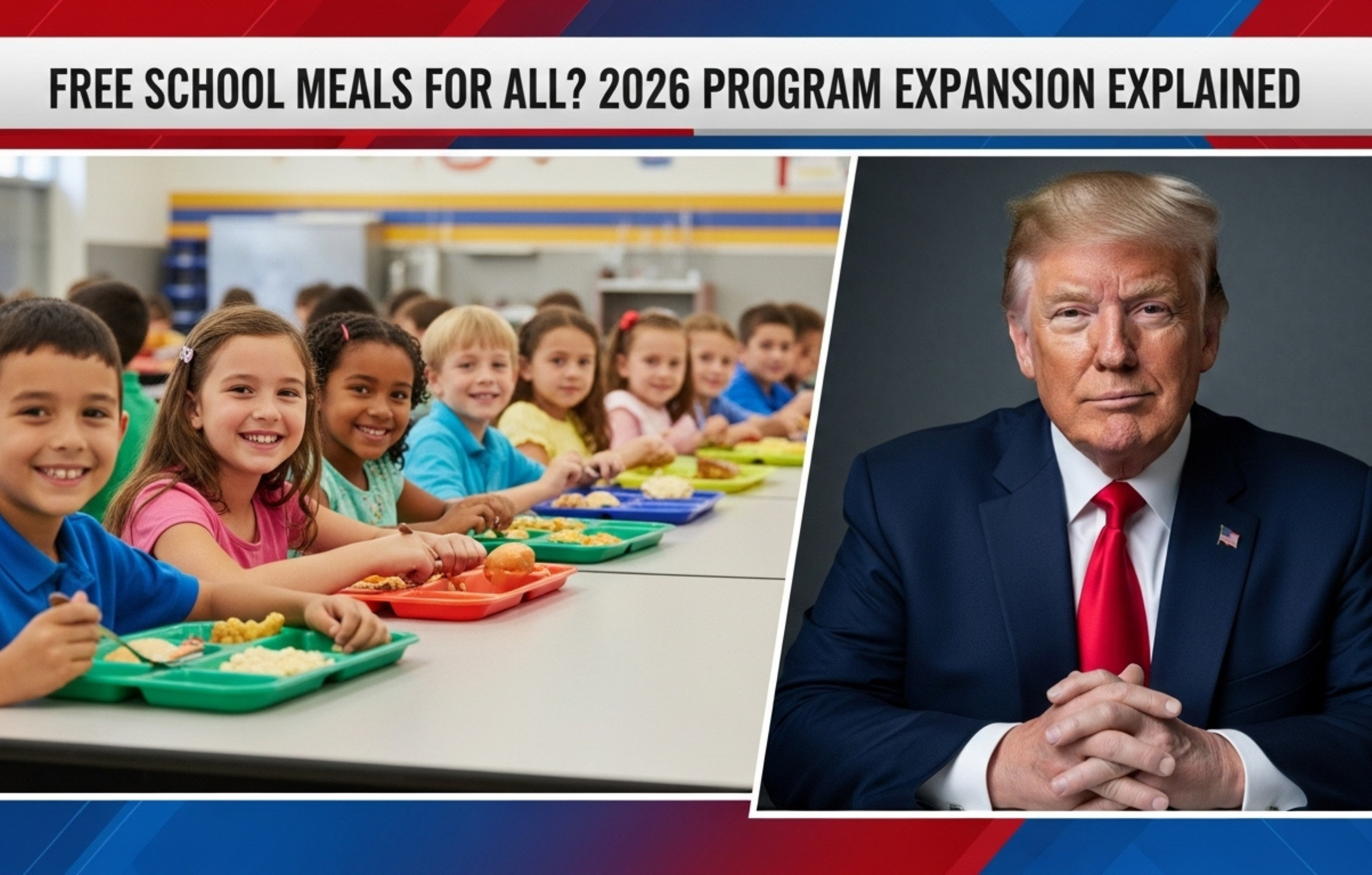Why “Free School Lunch Expansion” matters
School meal programs are among the most direct ways to combat childhood hunger, improve nutrition, and support learning. When students come to school already nourished, they tend to focus better, have fewer health issues, and participate more in class.
Yet, many children who qualify for free or reduced‑price meals don’t enroll (because of paperwork, stigma, or lack of awareness). Some schools just don’t offer free meals to all, even if many students are eligible. Expanding “free lunch for all” (or breakfast + lunch) reduces administrative burden, ensures no child slips through the cracks, and removes stigma around who “deserves” a free meal.
In recent years, momentum has grown — both at the federal and state levels — to broaden eligibility, simplify access, and ultimately move toward universal free meals in many school districts.
Federal policy changes fueling expansion

Lowering the threshold for universal eligibility (Community Eligibility Provision)
One of the major tools for expanding free meals is the Community Eligibility Provision (CEP), which allows schools (or districts) to provide free breakfast and lunch to all students without collecting applications from families. Instead, the school receives federal funding based on existing data (like how many students already qualify for SNAP, Medicaid, etc.).
In September 2023, the USDA adopted a rule lowering the required threshold for using CEP from 40% to 25% of students in the district being eligible for certain public assistance programs. Thus, many more schools became eligible to switch to all‑free meals. This change alone made over 3,000 additional school districts, covering more than 5 million students, eligible for no‑cost meals.
That means in 2026, many more schools will adopt CEP, making free breakfast + lunch standard for all students in high-need areas.
Proposed legislative changes: “Expanding Access to School Meals Act of 2025”
In April 2025, House Bill H.R.2680 — called the “Expanding Access to School Meals Act of 2025” — was introduced. Its goals include:
- Repealing the reduced‑price meal category altogether, so there is only “free” or “paid” meals.
- Raising the income threshold for free meal eligibility to 224% of the federal poverty level.
- Strengthening “direct certification” so children automatically eligible (e.g. via Medicaid) get free meals without requiring additional paperwork.
- Expanding CEP’s formula multiplier to increase reimbursements to schools.
If passed, this law would further accelerate universal free meals in more districts.
State and local momentum: examples already underway

States and districts are taking action independently of federal policy, sometimes faster than national change.
- California has launched what is now the largest free school lunch program in the U.S. by offering free meals to all 6.2 million public school students, regardless of family income.
- Some states (California, Colorado, Maine, Massachusetts, Michigan, Minnesota, New Mexico, Vermont) have passed laws enabling or requiring healthy school meals to all students, reducing reliance on federal income‑based eligibility.
- In 2025, “Solving Hunger” (a nonprofit initiative) announced successful campaigns in Arkansas, Delaware, North Dakota, and New York to secure state funding for universal or expanded free meals. In total, those expansions aim to add more than 164.7 million meals annually to reach 600,000 additional children.
- New York’s governor proposed that all 2.7 million public school students be eligible for free breakfast and lunch, eliminating the income requirement entirely — this would add about 300,000 children who currently don’t qualify.
These state actions create pressure and pathways for more districts across the country to adopt universal or expanded free school meals.
Who will benefit? Magnitude of the expansion
By 2026, the expansion is expected to bring free school meals to tens of millions more children who previously were either partially covered or left out entirely. Here’s roughly who benefits:
- Students in districts newly eligible under the lowered CEP threshold: Because the eligibility threshold dropped to 25%, many districts that were just under the previous 40% cutoff can now adopt universal free meals.
- Families who previously had to pay “reduced‑price” or full price: Under proposed laws and state programs, many of those payments may disappear, giving all students free access.
- Students in states that already committed to universal meals: They already had many students covered, but may expand to cover even more or improve quality.
- Improved access in high‑need or rural districts: Because many school districts serving low-income communities had higher percentages of eligible students, these expansions especially benefit rural, high-poverty, or historically underserved areas.
Also, removing applications and debt (i.e. school meal debt that accumulates when families can’t pay) and the stigma of “free lunch” helps ensure that more students actually use the program rather than opting out due to embarrassment or paperwork barriers.
How school cafeterias and “School Food Authorities” prepare
Providing school meals is a partnership: federal rules, state oversight, and local school food authorities (SFAs) executing day-to-day operations.
Challenges and steps include:
- Balancing cost and reimbursement
Schools must prepare nutritious meals while keeping costs manageable. They get reimbursed by the federal government: the reimbursement rate is highest for free meals, lower for paid meals. When participation increases (because all students eat), the economies of scale can help offset costs. - Supply chain & procurement changes
Schools can now procure more locally grown or unprocessed agricultural products under newer USDA rules. This gives schools flexibility to include fresh produce, promote local agriculture, and improve meal quality. - Staffing and operations
Schools must hire kitchen staff, manage logistics, and absorb administrative burdens. Many districts already report food service staff shortages as a top challenge. - Infrastructure & equipment grants
USDA has been granting equipment funds so schools can expand capacity, better refrigeration, or improved kitchens. This supports scaling up meal quantity and quality. - Administrative simplification
Universal free meal models reduce the need for families to submit income-based applications, cut down on paperwork, and eliminate barriers to participation.
Risks, challenges, and counterarguments

Even though the expansion is promising, it faces realistic constraints:
- Budget constraints and funding gaps
Universal free meals require more funding. If federal or state reimbursements don’t keep up with food and labor costs, districts may struggle. Some food authorities already report federal reimbursements are too low to cover costs. - Cuts in complementary programs
USDA in 2025 cut about $660 million in funding for local food purchase programs that helped schools source food locally, which can make meal sourcing harder and more expensive. - Stigma, participation, and administrative work
Even with “free for all” models, some families don’t use the program if they misunderstand or are unaware. Schools also must maintain kitchen and distribution systems robustly.
Participation dips have been seen when major federal waivers expired after the pandemic. - Political resistance
Some critics argue universal free meals are expensive and subsidize families who can afford meals, diverting funds from other services. There is political negotiation in many states and at Congress over appropriations. - Quality and nutrition tradeoffs
Scaling up meals can sometimes lead to cuts in food quality (cheaper ingredients) if budgets are tight. Maintaining healthy standards is an ongoing challenge. - Implementation timeline and lag
School budgets, contracts, staffing cycles, and regulatory approvals often cause delays. Even if laws or rules change in 2025, full implementation in 2026 may be gradual across districts.
What “Millions of Kids Will Get Meals” means practically
By combining federal rule changes (lower CEP threshold), proposed legislation, and state/local programs, the impact in 2026 is expected to include:
- Millions more children receiving free breakfast and lunch who previously were outside eligibility.
- A smoother experience: no forms, no fees, no stigma, which improves uptake.
- Tighter food security safety net for families under financial stress.
- Better nutrition and academic outcomes, particularly in communities where food insecurity is high.
- More efficient school lunch systems, with higher participation helping stabilize district meal programs.
Practically, imagine a child in a district that couldn’t previously qualify under CEP because only 35% of students had qualifying incomes. Under the old rules, many students had to pay or apply. With the new 25% threshold, that same district may switch to free meals for all. That change alone covers entire cohorts of students winter, spring, fall — ensuring those kids don’t skip lunch due to cost.
What to watch in 2025–2026
If you want to follow how this unfolds, keep an eye on:
- Congressional action on H.R. 2680 / similar bills
Whether the “Expanding Access to School Meals Act” passes or is modified will influence how far and how fast the expansion goes. - Federal budget allocations for school meals
The final federal funding levels in Education or USDA budgets will determine how generous reimbursements can be. - State legislation
States may adopt their own universal meal laws (as California already has done). More states may follow. - District adoption of CEP under 25% rule
Watch which districts opt in or expand under the new threshold — this signals how many students really benefit. - Nutrition, meal quality, and sourcing efforts
Whether schools can maintain fresh, healthy, culturally appropriate meals matters for the impact. - Monitoring participation rates
It’s not enough to make meals free — ensuring students actually use them is key. Changes in enrollment numbers or meal counts will show success or gaps. - Equity and sustainability
Ensuring rural, remote, or small districts are not left behind due to capacity constraints is crucial for equitable expansion.
FAQs
1. What is the “Free School Lunch Expansion” in 2026?
It refers to broader policies and funding that aim to provide free school meals to millions more U.S. students, reducing hunger and improving nutrition in schools.
2. Why are free school meals important?
They improve academic focus, health, and attendance while reducing hunger, stigma, and paperwork for low-income families and students in high-need districts.
3. What federal change is helping expand free meals?
The USDA lowered the Community Eligibility Provision (CEP) threshold from 40% to 25%, allowing more schools to offer free meals to all students without collecting applications.
